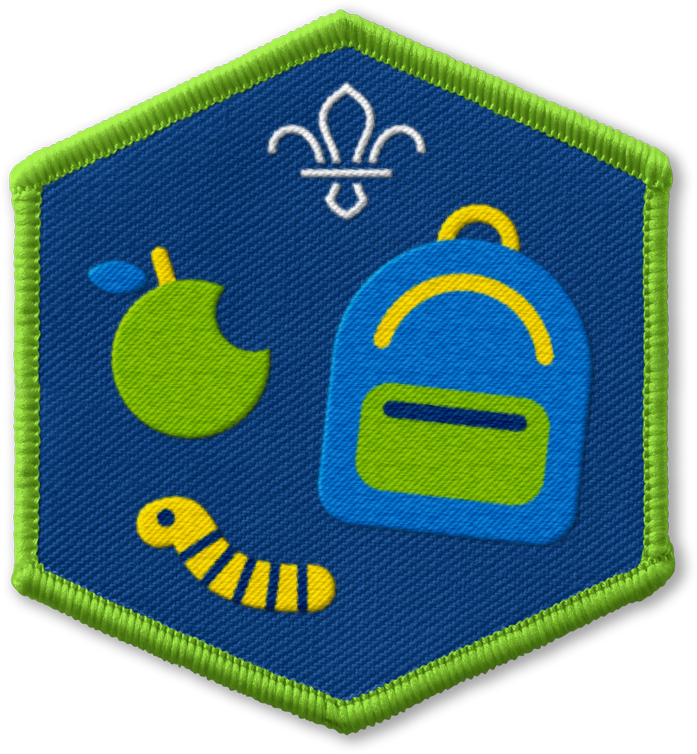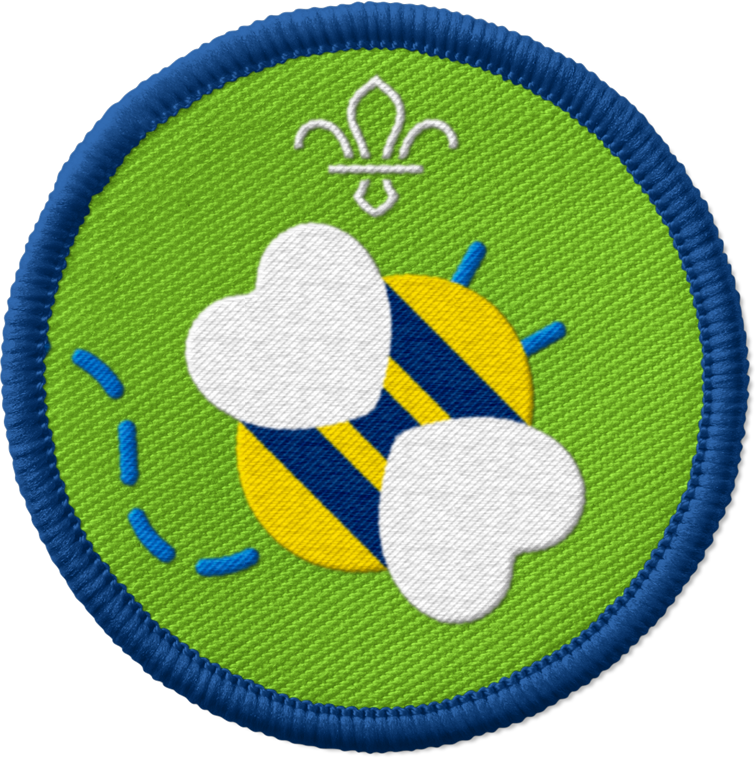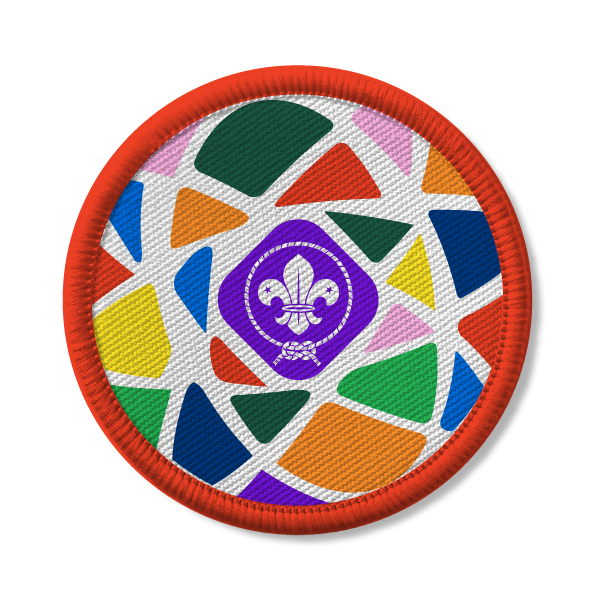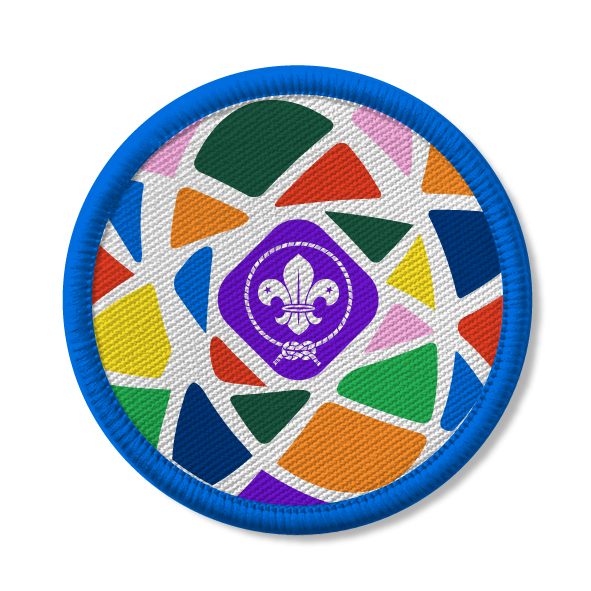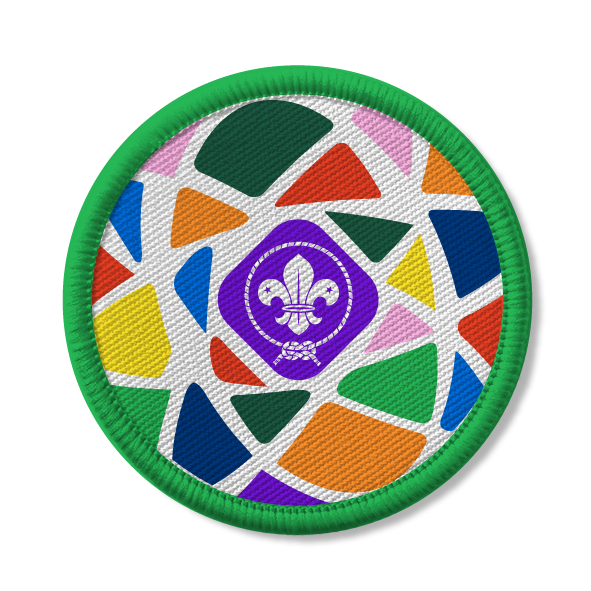
Mother Nature’s ID challenge
You’ll need
- Pens or pencils
- Access to a printer
- Phone (optional)
Before you begin
- Arrange to meet at an appropriate outdoor area, such as a nature reserve, woodland area, canal or park. Make sure parents and carers know exactly where you’ll be, what time to drop off is and when to collect everyone.
- Before the meeting, choose two categories of living things to discover and identify. Choose from the categories in the badge requirements. If you want to use the sheets we’ve provided, choose ‘trees’ and ‘minibeasts and insects’.
- If you’re using them, download one of the sheets to help you identify trees (either the Leaf ID, Twig ID or Autumn leaf ID activity sheets, depending on the season) and the Flying Insects and Creepy Crawly spotter sheets.
- If you’re using sheets, make sure you print and bring enough (one between two is ideal) and plenty of pencils too.
On the day
- Everyone should gather at the pre-arranged place.
- Everyone should split into pairs.
- The person leading the activity should explain that the aim of this adventure is to learn how to identify 12 different things, six from one category and six from another. They should show everyone the sheets or mobile apps they’ll be using (and hand any sheets and pencils out).
- The person leading the activity should explain the boundaries – how far everyone’s allowed to explore. All of the pairs should set off and explore within this area.
- Each pair should identify 12 living things using the sheets or mobile apps. It’s OK if they don’t find the exact living things on their sheets, as long as they identify six from one category and six from another.
- Hunting for minibeasts and insects in the dirt and under rocks is a messy business, so everyone should wash their hands thoroughly once they’ve finished exploring.
Reflection
At the end of this activity in the outdoors, discuss what minibeasts and insects everyone has ticked off on their worksheets and compare findings. Have you seen any of these minibeasts and insects before? Would you be able to identify them if you saw them again? The same questions can be asked for identifying different trees.
Safety
All activities must be safely managed. You must complete a thorough risk assessment and take appropriate steps to reduce risk. Use the safety checklist to help you plan and risk assess your activity. Always get approval for the activity, and have suitable supervision and an InTouch process.
- Outdoor activities
You must have permission to use the location. Always check the weather forecast, and inform parents and carers of any change in venue.
- Animals and insects
Be aware of the risks before interacting with animals. Be aware of anyone with allergies, and make alternative arrangements for them.
When choosing a place to explore consider the terrain and environment – is it appropriate for everyone attending? If someone is likely to require one-to-one support or additional support, arrange for extra adults to attend.
All Scout activities should be inclusive and accessible.
Create your own iDials to help you identify leaves, twigs, or creepy crawlies on your next woodland adventure. How many different living things do you think you’ll be able to spot using your iDials?

